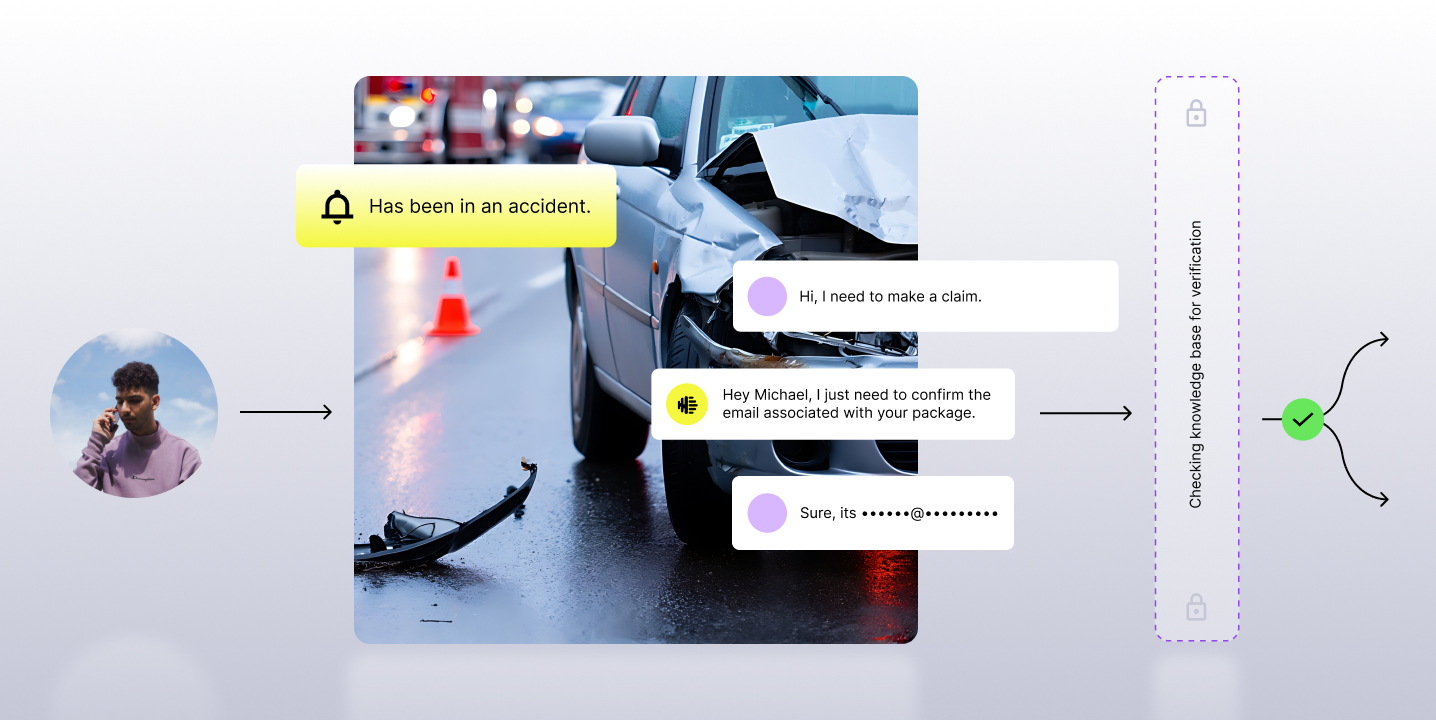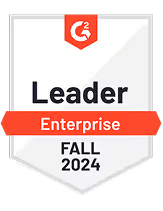Lynn Couttie has spent 25+ years in customer service roles at Alcon Laboratories.
In this time of ever-evolving era of hybrid work, it’s critical that organizations prioritize the employee experience (EX), even as they continue to focus on delivering strong customer service and support. In 2020, 65 percent of remote workers reported working more hours, with 48 percent of them saying they lack the emotional support needed to cope with added stress.
Integrating EX into digital transformation, with a focus on coaching and workforce engagement, helps address these employee needs and offers a strong recipe for success.
We’ve reinvented quality management with this in mind, and that’s what I’ll share with you today - how to use AI to redefine our approach, with coaching and employee experience front and center.
Five Strategies: Empowering Teams with Empathy & Data
When I first joined Alcon 25+ years ago, support calls weren’t being recorded. Processes were quite manual, and coaching efforts weren’t necessarily a planned part of development.
Back then, the manager caught a call, listened to it, and talked to the representative once a month. It was about numbers and orders processed, instead of about how the conversations were run.
Since then a lot has changed! In the last year alone, we’ve shifted the focus dramatically from quantitative scores to building a qualitative training process. One way we’re working towards this is with Contact Center AI, which enables our customer service teams to analyze 100% of customer interactions with the ultimate goal of improving agent performance and the overall customer experience.
With the manual process of listening to calls and analyzing them moving to a technology-based approach, we’ve been able to focus on analyzing gaps in training and developing a robust training program that empowers our associates to improve performance and up-skill.
Here are five people-first strategies we’ve implemented to drive trust and improve performance across our quality management teams.
1. Using the ‘Start, Stop, Continue’ Method
Instead of being limited to delivering 1:1 feedback to associates, we provide feedback to our associates via a publicly shared document using the Start, Stop, Continue method. With this method, learnings and feedback are shared with the entire team, giving everyone equal access to performance improvement. It helps us maintain transparency and consistency across the broader team.
In practice, a document is maintained by our trainers, collecting the top things they’re seeing on calls, and then bucketing them into three categories.

With technologies such as Contact Center AI, the Start, Stop, Continue method can be streamlined; AI automatically pulls insights from calls that can flag issues with customer service, product deliveries or operational inefficiencies.
For instance, if we want to see how many customers are calling about a specific product, Contact Center AI enables us to find those calls and drill into them. It gives us greater visibility into our products and customer service at a granular level.
2. Redefining the use of Scorecards
For years, we relied on scorecards to evaluate performance and found that it wasn’t measurably contributing to improved performance. Instead, it was causing friction between associates and trainers. They would get laser focused on the numerical scores, and it wasn’t contributing to productive conversations. We knew something wasn’t working, so we decided to change that.
Now, the quality analysts use performance metrics from Contact Center AI platform Observe.AI to uncover areas in most need of improvement, and then coach associates on their respective needs. Scores are not shared with associates directly; rather, they’re used to inform training programs.

Removing scorecard views from associates is challenging to implement, but in our experience, has been effective. Additional ways to add value to scorecards include:
- Resetting expectations on what scores mean. Ensure that team members understand that scores are there to help the QAs improve their ability to train and offer feedback.
- Creating an open dialogue. Allow for open communication to take place in order to avoid tensions, and take into account what associates have to say. Don’t disregard complaints, especially if they can indicate patterns of poor feedback loops.
- Co-developing coaching action plans with agents. With a data-driven approach to quality management, use data to inform how you and your associates plan on working together towards improvement. When the action plans are built together, behavioral change is more likely.
3. Leading leadership calibration calls
Call calibration is an important strategy to make sure agent performance and evaluation processes are running as effectively and efficiently as possible. Trainers, supervisors, and project leads should be engaging in calibration calls at least once per week to ensure that quality assurance training efforts are aligned.
AI-enabled services, like interaction analytics, enable us to conduct calibration calls more efficiently by allowing leadership to pinpoint key areas of interest on calls, and pull analytics on how agents are performing against important KPIs. However, sometimes calibration calls among leadership aren’t enough. In the next tip, I’ll share a firsthand example of why the power of an open line of communication between management and the frontline workers cannot be underestimated.

4. Getting feedback from associates directly
Even with regular calibration calls, misalignment can happen between middle and upper management, causing confusion for frontline workers who can then feel unsupported. That’s why direct conversations between upper management and frontline workers can play a huge role in improving performance.
I have first-hand experience that makes me a strong believer in this. Some time ago, we had one team of associates that wasn’t performing on par with the others. In an effort to find the root cause of the performance issue, we began to have sit-down meetings with associates directly to understand where the gaps were between them and their trainers.
Together with our associates, we acted on the concerns that were being raised. Getting and giving direct feedback helped all of us address those gaps with better enablement of our trainers, more resources, and tighter feedback loops. After having these direct feedback conversations, we addressed the training gaps and weeks later, Net Promoter Score (NPS) scores went up by 15%.
5. Establishing a best practices library
What better way to both share insights and celebrate agents than with a best practices library?
Updating and maintaining an Internal Knowledge Base (IKB) is a good place to start.
To do so, quality teams pull the best snippets from calls using Observe.AI, hosting them in a single place for reference. From there, associates can go back and listen to snippets of calls around different topics such as resolving an order issue, or addressing a customer query. The library enables associates to have somewhere to turn to when they aren’t sure how to proceed.
Looking for a quick solution if you don’t have an IKB in place?
Use the start, stop, continue document to pull some of the top behaviors you want associates to keep using. If you want to take a more data-driven approach and don’t know where to start, Contact Center AI can be used to surface key points of interest from calls that signal a knowledge gap among your agents.
Looking Ahead
Moving forward, we want to continue to focus on upskilling associates and creating programs that empower employees to move into more strategic roles. Associates have performance goals to hit, but we’ll continue to help our team grow by moving the goalpost further in small increments.
Most importantly, the growth mindset is driven by an investment in our people. We’re a people-first organization, and that comes from the top-down. I’ve been here for nearly 30 years, and my tenure is a true testament to the value we bring to putting our people first.

















